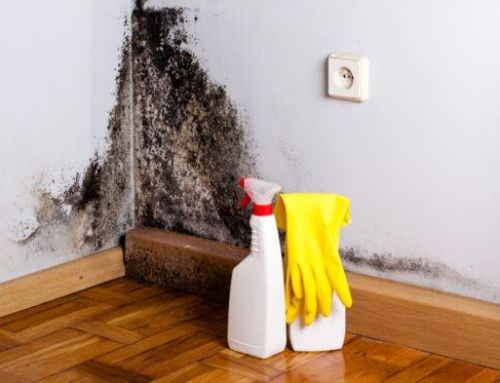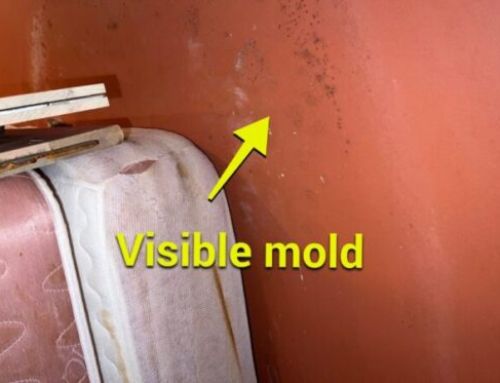When I was a kid, I loved seeing the beautiful icicles glimmering in the sun on cold winter days. As an adult homeowner, I now see icicles hanging from the roof and panic! Not only are they dangerous should they fall (you could put an eye out), they are signs of a much bigger problem; ice damming. Unfortunately, this is a common occurrence for homes in the midwest. Below are some tips to help understand and prevent ice dams.
1) Cause and Affect
Ice dams occur when the temperature in an attic is warmer than the temperature outside. This is due to heat loss from your home that escapes through the ceiling. When a fresh blanket of snow arrives, the roof will then melt the snow causing it to slide down toward the gutters. As the snowmelt finds its way to the eves, where it is equal to the outside temperature, it refreezes. As more water/snowmelt falls, it backs up and can leak under the singles, thus causing damage to the home and attic areas.
In addition to ice dams, another problematic condition of the winter is attic icing or frosting. We will cover this in depth in another article, but sometimes these can go hand-in-hand.
2) A Pound of Prevention
There are a couple of things you can do from both the interior and exterior of you home to prevent winter damage.
3) Attic Ventilation
Seal any gaps from electrical cords, ventilation and lighting that air can get through, including the attic access; this will prevent the warming of the attic. Make sure, however, there is proper ventilation so any air that does make its way into the attic is quickly moved through, maintaining a cooler temperature.
4) Insulate
For specific details on insulation requirements, refer to your local building code. Generally speaking, 14” of insulation or R-38 is proper insulation between the ceiling and floor of the attic. This will help maintain a consistent temperature. Note: Be sure not to block the venting by the application of insulation.
5) Roof Rake
Found at most hardware stores, a roof rake is a horizontal snow shovel blade on the end of a long pole that can be used to “rake” the snow off the roof. Be careful with this one not to bury yourself in the snow!
6) Heat Cable
This cable works as a roof and gutter de-icer. This one takes a bit of forethought as it should be installed prior to the snow. It is attached to the shingles and gutter in a ribbon pattern and can be plugged into an exterior outlet. This will heat the snowmelt allowing it to continue on through the gutters. Might be a good idea to also tackle the Christmas lights while up there!
7) Brain and Brawn
Logically thinking, “I put salt on my sidewalk, I can put it on my roof to melt the ice” or “I’ll just get my hammer out and smash it.” While one seems simple and the other fun (who doesn’t like smashing things) both are not good ideas.
By using salt or calcium chloride to melt snow, this can not only shorten the life of your metal gutters and downspouts, it can also kill any grass or landscaping you have around the downspouts. Chipping away at the ice on your roof and in your gutters can cause additional damage to your home. Shingles, gutters and soffits can suffer causing additional repairs in the spring.



